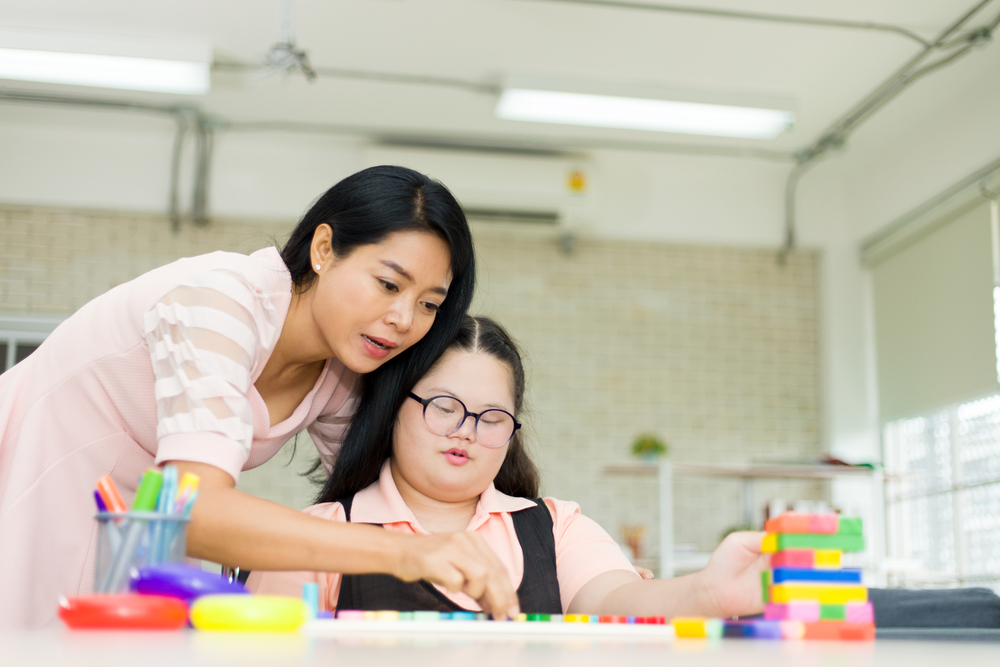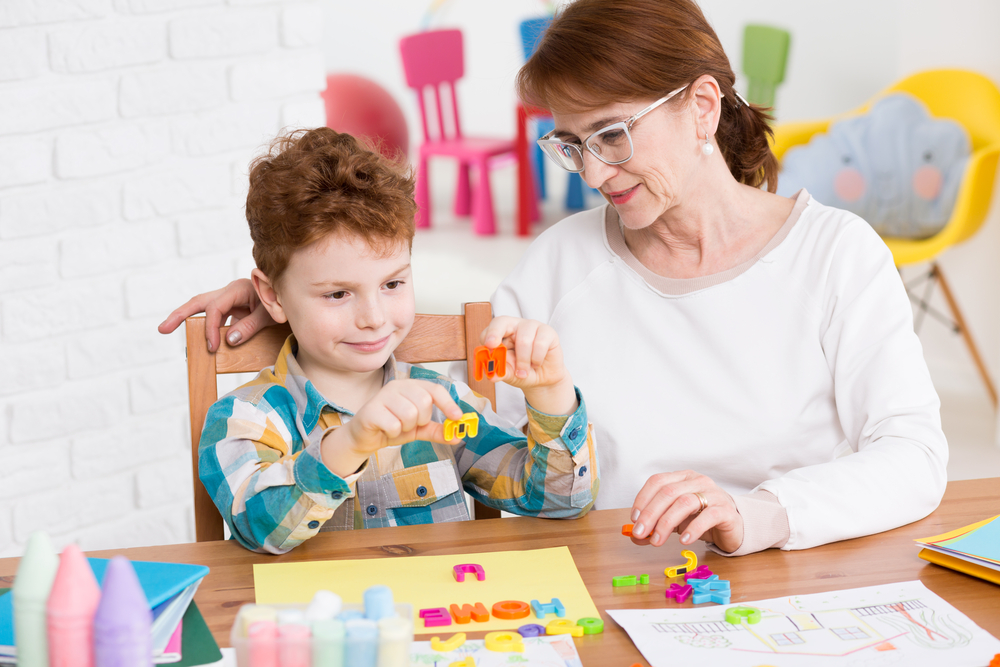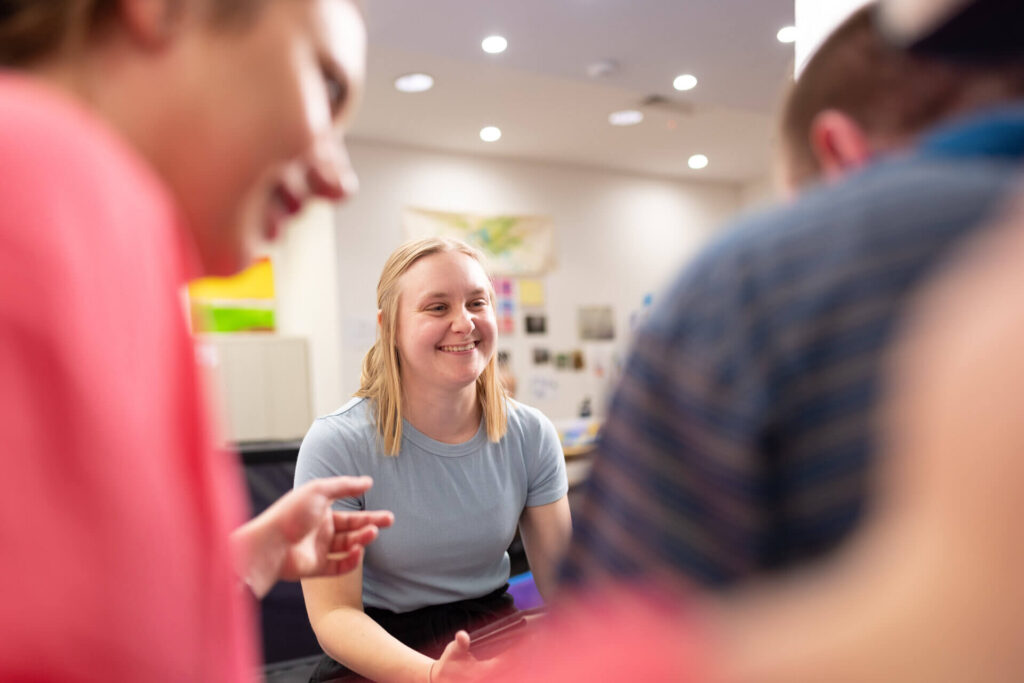From theory to practice: what is the Early Start Denver Model?

As a parent or caregiver of a child with autism, it can be an incredibly difficult and daunting task to understand the types of early intervention your child needs and how to access it. And for those just starting out on the journey, it can be downright overwhelming.
Early intervention can be crucial in helping children with autism spectrum disorder (ASD) reach their full potential, and one of these early intervention therapies is the Early Start Denver Model (ESDM). Developed by experts in the field of autism research, ESDM is a comprehensive early intervention program that aims to support young children with ASD in their development and social communication skills.
So, what is the Early Start Denver Model, how does it work, and how can it benefit your child or loved one?
What is the Early Start Denver Model (ESDM)
The Early Start Denver Model (ESDM) is a play-based intervention program that is designed for children aged 12 to 48 months who have been diagnosed with or are at risk of developing autism spectrum disorder (ASD). It was created by two experts in autism research, Sally Rogers, PhD, and Geraldine Dawson, PhD. It’s based on the principles of Applied Behaviour Analysis (ABA) and is all about engaging young children in fun, everyday activities that help them develop important skills like communication, social interaction, and cognition.
The ultimate goal of ESDM is to give kids with ASD the best possible chance to thrive, while also fostering positive relationships between them and their caregivers. It’s a really promising approach, and it could be a great option for parents and caregivers who want to give their child the best start in life.
The key components of ESDM
ESDM therapy is all about using fun and engaging activities to help kiddos develop important skills like communication, social interaction, and cognition. It’s like sneaking a spoonful of broccoli into a delicious smoothie! The program takes advantage of everyday routines and activities to help children learn in a naturalistic way, and it emphasises positive affect and positive reinforcement to encourage good behaviours.
ESDM is all about tailoring the program to each child’s unique needs and strengths, so they get the best possible support. And with a team of skilled professionals, including speech pathologists, occupational therapists, and behaviour therapists, working closely with parents and caregivers, the child’s progress is supported from all angles. With these key components, ESDM offers a truly holistic approach to early intervention for kids with ASD.
Activities that may be involved in your child’s ESDM therapy include:
- Pretend play activities, such as playing with dolls, stuffed animals, or toy cars
- Building blocks and puzzles
- Singing and dancing to music
- Story time, including picture books and storytelling
- Sensory activities, such as finger painting, playdough, and water play
- Social games, such as peek-a-boo, tickling, and chasing games
- Role-playing activities, such as playing doctor or restaurant
- Snack time, which can be used to encourage communication and social interaction
- Outdoor play activities, such as playing catch or going down a slide
These activities are designed to be fun and engaging, while also promoting the development of important skills like communication, social interaction, and cognition.

How can ESDM therapy help young children with autism?
ESDM therapy is a comprehensive and individualised approach that can really help your child develop important skills and reach their full potential. Some of the benefits include:
- The play-based approach makes therapy sessions fun and engaging, helping to keep children motivated and interested in learning
- The naturalistic learning approach helps children learn important skills in the context of their everyday lives, which can promote the generalisation of skills across different settings and activities
- Individualised instruction and focus on unique strengths and needs can promote confidence and a sense of accomplishment in children
- The positive reinforcement used in ESDM therapy can reinforce good behaviours and encourage continued progress
Ultimately, ESDM therapy offers a comprehensive and effective approach to early intervention for young children with ASD, helping them to develop important skills and reach their full potential.
What can you and your child expect from your ESDM therapy appointments?
ESDM therapy typically involves collaborating with a team consisting of a certified ESDM therapist, along with other allied health professionals from various disciplines, and parents or caregivers. Together, the team works to provide comprehensive support for the child’s development and progress, tailoring the therapy to the child’s unique needs and strengths.
1. ESDM checklist
We’ll start with an ESDM checklist. This checklist is based on a set of skills and behaviours that are targeted for improvement in ESDM therapy, such as social communication, play skills, and cognitive development. The checklist can be used to track progress over time and to identify areas that may need additional support or intervention. With the help of the ESDM checklist, parents and caregivers can gain a better understanding of their child’s strengths and challenges, as well as the progress they are making in therapy.
2. Goal setting
Goal setting is an important part of ESDM therapy, as it helps to focus the therapy on the specific needs and goals of each child. Goals are typically set collaboratively by the ESDM team, including the therapist, parents or caregivers, and other professionals involved in the child’s care. The goals are based on the child’s individual strengths and challenges, and are designed to be achievable and measurable. By setting clear goals and tracking progress over time, ESDM therapy can help children with autism to make meaningful improvements in their social communication, play skills, and overall development.

3. Revisit the checklist
The checklist is revisited every 12 weeks, allowing the team to track your child’s progress and adjust the therapy plan as needed. By regularly circling back to this checklist, the team is able to evaluate your child’s development and identify areas that may need additional support or intervention.
4. Ongoing support
Ongoing support is a critical component of the ESDM therapy process, as it helps to ensure that your child continues to make progress and reach their developmental goals over time. Parents and caregivers play a crucial role in providing this ongoing support, as they are the ones who work closely with the child on a daily basis and can reinforce the skills and strategies learned in therapy.
The ESDM team may provide regular check-ins, progress updates, and additional resources to support the child’s ongoing development, as well as offer guidance and advice to parents and caregivers on how to best support their child’s learning and growth. The frequency of sessions depends on your child’s unique needs – this may mean having one session a week, or several for more intensive therapy.
We’re here to support you
ESDM therapy is evidence-based and has proven to be effective through numerous randomised clinical trials. One of the best things about ESDM therapy is that it can work in a variety of settings, from clinics to ESDM group therapy to home environments. This flexibility is a godsend for parents and caregivers who want to make sure their child gets the best possible care. Plus, the model has been shown to build a strong foundation that carries over into later programs focused on language and social skills.
ESDM therapy is effective because it tackles potential challenges in early development. Social interaction is key to a child’s development, and ESDM therapy does an amazing job of teaching these skills in an integrated, socially-focused environment. By doing so, children with autism are far more likely to achieve their full cognitive potential as they grow up.
If you’d like more information or would like to start on the ESDM therapy journey with your child, get in touch with our friendly team of ESDM therapists. We walk alongside you to ensure you’re supported. Give us a call today.









